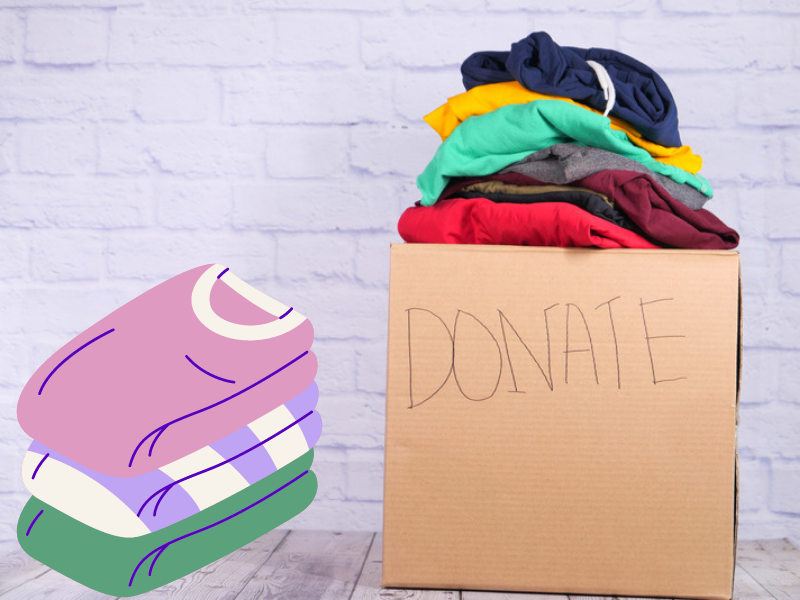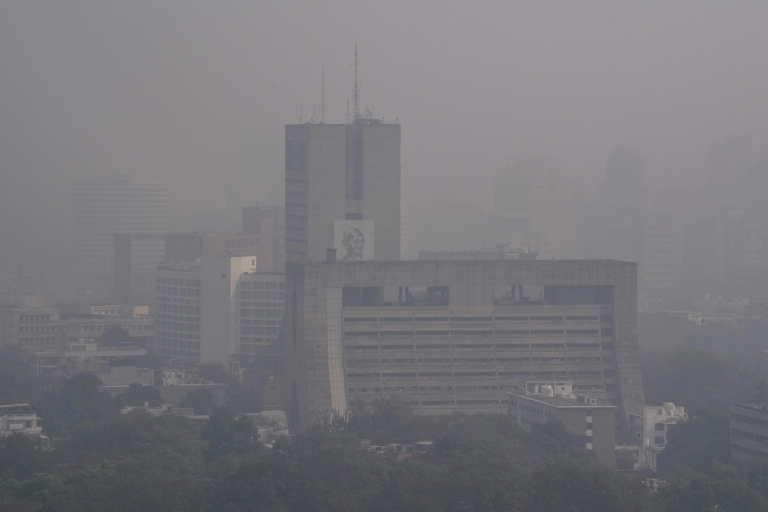
We all know that recycling is important for the environment, but did you know that textiles are one of the most challenging materials to recycle? It is estimated that less than 15% of textiles are recycled globally. When old clothes are thrown away, they end up in landfills where they can take hundreds of years to decompose. But there is hope! With a little effort, we can give new life to old clothes and reduce the impact of textiles on the environment.
In this blog, we will explore how to recycle textiles and give tips on making a difference.
What are Textiles?
Textiles are fabrics made of natural or synthetic fibers. They can be found in a wide range of products, from clothes to bedding to upholstery. Natural fibers, such as cotton and wool, come from plants and animals, while synthetic fibers, such as polyester and nylon, are made from petroleum-based materials.
Why Recycle Textiles?
Recycling textiles has several benefits for the environment:
- Reduces waste: When textiles are recycled, they don’t end up in landfills where they can take hundreds of years to decompose.
- Conserves resources: Recycling textiles reduces the need for virgin materials, such as cotton and polyester, which require energy and resources to produce.
- Reduces pollution: Textile production and disposal can release pollutants into the environment, such as greenhouse gases and toxic chemicals.
How to Recycle Textiles?
- Donate to Charities and Secondhand Stores
One of the easiest ways to recycle textiles is to donate them to charities and secondhand stores. Many organizations, such as Goodwill and the Salvation Army, accept donations of clothing, bedding, and other textiles. These items are then sold in secondhand stores or donated to people in need. By donating your old clothes, you are helping to reduce waste and giving back to your community.

- Textile Recycling Programs
Another option is to participate in textile recycling programs. Many cities and towns have programs that collect textiles for recycling. These programs accept a wide range of textiles, including clothes, shoes, and even towels and blankets. The collected textiles are then sent to textile recycling facilities, where they are sorted and processed into new products. - Upcycling
Upcycling is the process of transforming old textiles into new products. This can be done by sewing or cutting old clothes into new designs or using old fabric to create new products. Upcycling is a great way to give new life to old textiles and reduce waste and known as clothes recycling. - Composting
Natural fibers, such as cotton and wool, can be composted. If you have old clothes made of natural fibers that are too worn to be donated or upcycled, consider composting them. Cut the fabric into small pieces and add them to your compost pile.
Tips for Recycle Textiles
- Check for Local Recycling Programs
Check with your local government to see if they have a textile recycling program. Many cities and towns have programs that accept textiles for recycling.

- Donate Good Quality Items
When donating clothes to charities and secondhand stores, make sure they are in good condition. Clothes that are stained or torn are not suitable for donation and may end up in landfill. - Wash Clothes Before Donating
Wash clothes before donating them. This will ensure they are clean and ready for the next person to wear. - Look for Sustainable Brands
When buying new clothes you have to look for sustainable brands that use recycled materials or have a closed-loop production process. This will reduce the impact of textiles on the environment and encourage more sustainable practices in the fashion industry.
Conclusion
In Conclusion, recycling textiles waste is an easy and effective way to reduce waste and protect the environment. By donating old clothes to charities and secondhand stores, participating in textile recycling programs, upcycling, and composting, we can give
new life to old clothes and reduce the impact of textiles on the environment.
By taking small steps like these, we can make a big difference.



